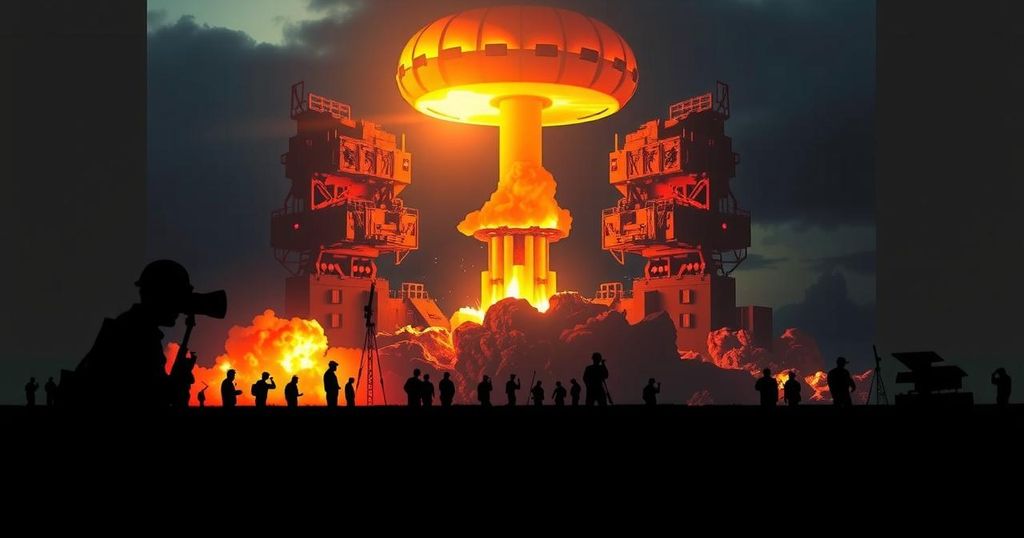The Growing Threat of a Joint Nuclear Strike from China, Russia, and North Korea
The United States is currently developing a strategy to counter the growing threat of a joint nuclear attack from China, Russia, and North Korea, as revealed in a confidential report from the Pentagon. Earlier this year, President Joe Biden authorized a significant modification to the country’s nuclear defense plan, as reported by The New York Times.
The revised plan aims to redirect the US “deterrence strategy” to specifically address China’s rapid expansion of its nuclear capabilities and the potential collaboration between Beijing, Moscow, and Pyongyang. This shift signifies a deeper understanding of Chinese President Xi Jinping’s ambitions in the realm of nuclear weapons, as well as the increasing strategic military and political alliances among China, Russia, and North Korea.
Based on a Pentagon report from last October, China’s nuclear arsenal had more than doubled in the previous three years, indicating a significant expansion in their nuclear forces. The report, titled China Military Power Report, estimated that China had approximately 500 operational nuclear warheads as of May 2023, with projections to increase to 1,000 by 2030 and 1,500 by 2035, aligning with the numbers currently deployed by the US and Russia.
Experts in the defense sector have warned against underestimating President Xi’s strategic efforts to strengthen China’s nuclear capabilities. Tong Zhao, a senior fellow at the Carnegie China Research Centre, emphasized the escalating security risks posed by China’s aggressive nuclear buildup in the context of deteriorating US-China relations.
Despite the classified nature of the document, which is updated every four years and exists only in physical form within a select group of national security officials and Pentagon commanders, there have been subtle references to the US pivot towards China in public statements by senior administration officials.
Pranay Vaddi, the National Security Council’s senior director for arms control and nonproliferation, highlighted the significance of the revised strategy, particularly in terms of its readiness to address simultaneous or sequential nuclear crises involving Russia, China, and North Korea. Similarly, Vipin Narang, a professor of nuclear security at Massachusetts Institute of Technology, emphasized the updated guidance’s acknowledgment of “the significant increase in the size and diversity” of China’s nuclear arsenal.
The complexity of the evolving geopolitical landscape demands a comprehensive and adaptive approach to safeguarding national security interests. As the United States navigates the intricacies of contemporary global power dynamics, it is essential to thoroughly assess and address the potential ramifications of the proliferation of nuclear capabilities among adversarial nations.








Post Comment